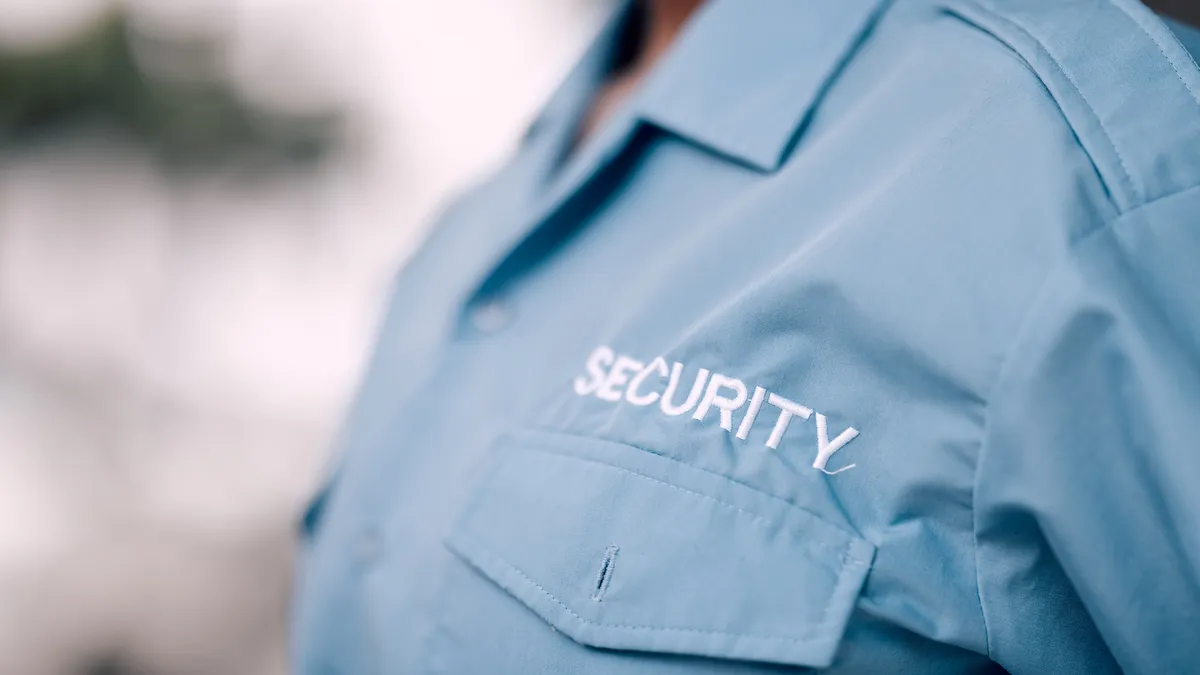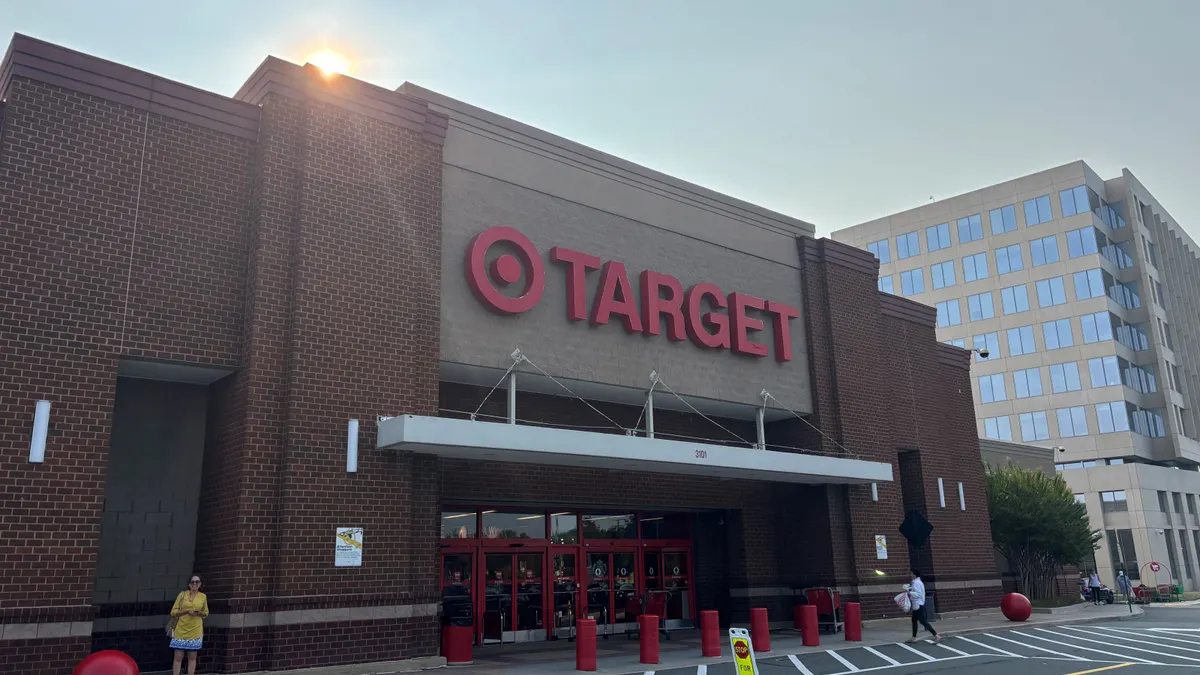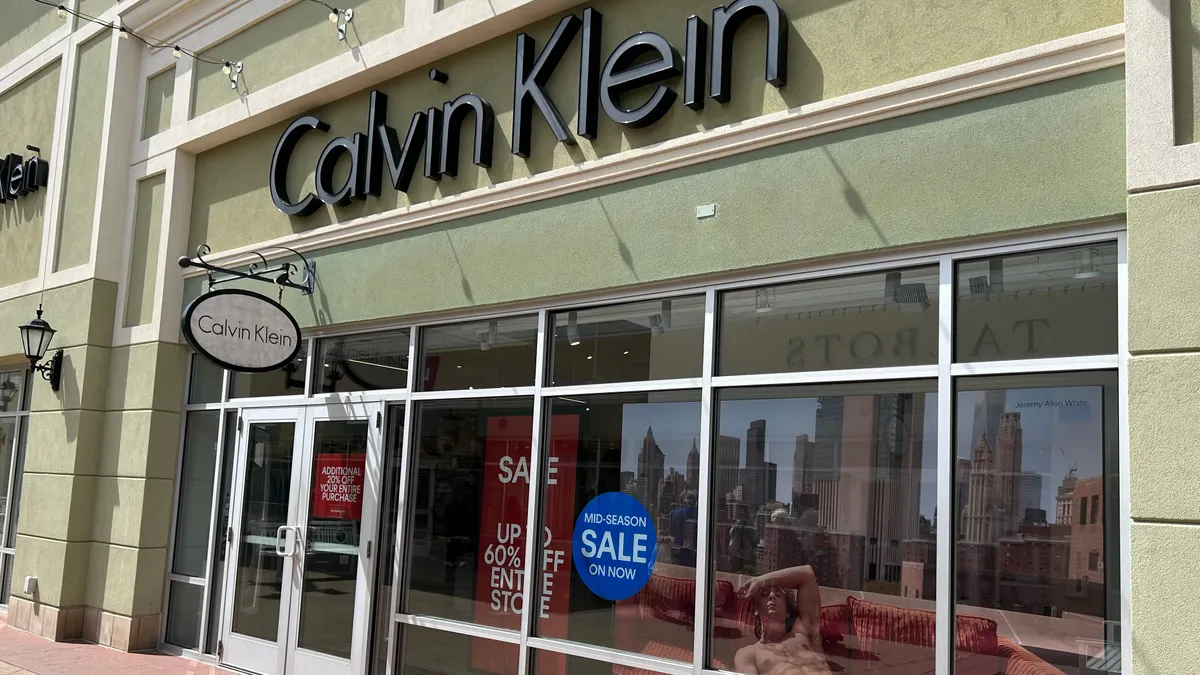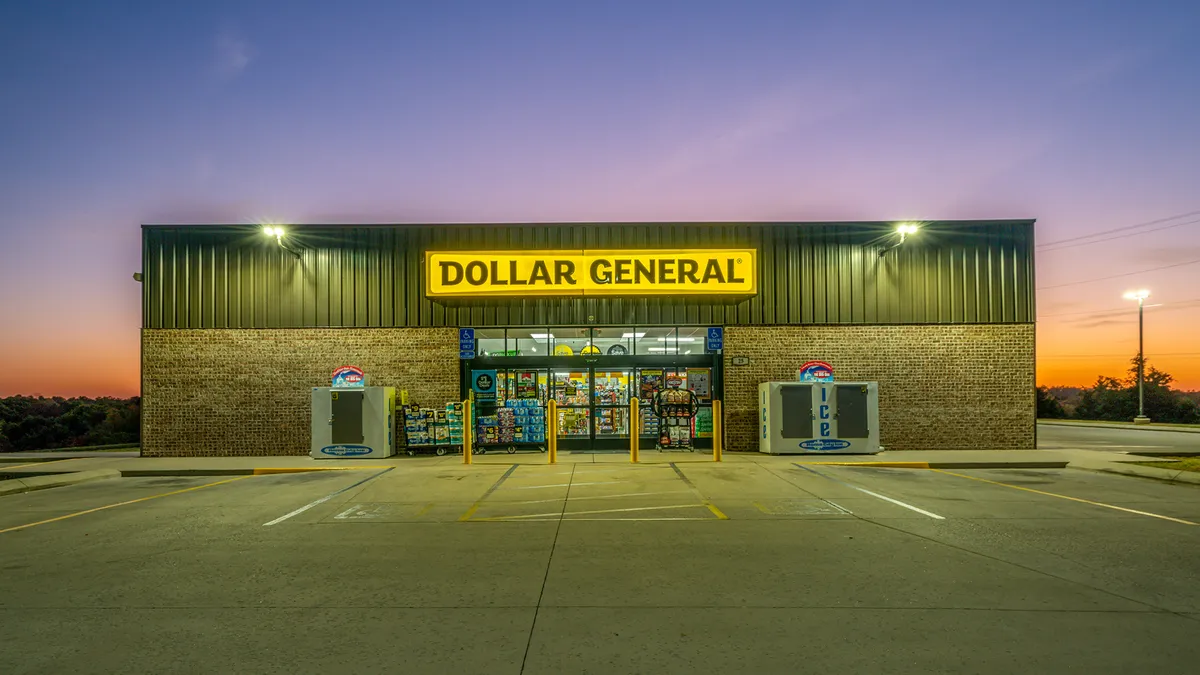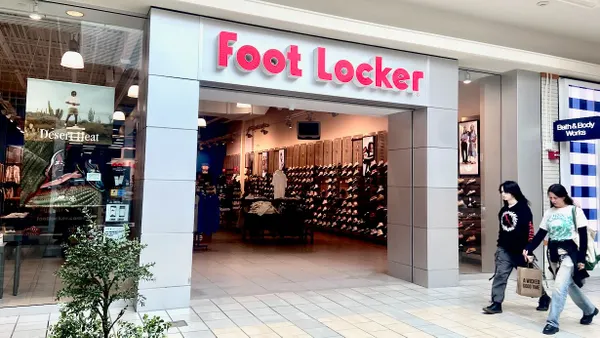As the year winds down, retailers are drawing attention to anti-theft legislation that has languished in Congress for years. The bill has always enjoyed bipartisan support.
Industry groups including the Retail Industry Leaders Association and National Retail Federation plus major retail chains on Tuesday sent a letter to Congressional leaders in both parties urging the passage of the Combating Organized Retail Crime Act. Walmart is not on the list of signatories; the retail giant didn’t immediately respond to comment on why.
In previous years the industry focused on in-store theft and shrink, but that has changed somewhat.
After a Retail Dive investigation two years ago found that the NRF had grossly overestimated the financial impact of organized retail crime and confused it with other types of theft, the group retracted a key claim previously used to push the CORCA bill. That led lawmakers to ask the industry for better data. Several loss prevention experts have urged retailers to evaluate their store operations, which they say is an underestimated source of inventory loss. But the NRF last year ended its annual shrink reports, and the issue is no longer quite as prominent in the lobbying effort.
Safety concerns, online fraud and cargo theft, in addition to in-store theft, are now more in focus. Retailers’ top concerns are organized retail crime, shoplifting, repeat offenders, phone scams, return fraud and credit card-related theft, according an NRF crime report last month.
“This is about more than theft — it’s about safeguarding the people and systems that keep our economy moving,” RILA’s senior director of government affairs, Sarah Gilmore, said in a statement Tuesday. “CORCA ensures law enforcement has the resources to dismantle organized crime while helping businesses protect employees, customers, and the integrity of the supply chain.”
The Loss Prevention Research Council on Wednesday released results of a survey finding that just over half of retail workers say they are likely to leave their current job in the next 12 months due to personal safety concerns. The group worked with The Harris Poll to conduct an online survey of 1,000 retail workers across the United States. More than a third say they feel unsafe at work, up from 27% last year, per that report.
The anti-organized crime bill would expand federal enforcement of criminal offenses related to organized retail crime and of the scope of conduct that qualifies as an offenses; latitude for prosecutors under federal money-laundering statutes; and the establishment of an Organized Retail Crime Coordination Center where law enforcement could better coordinate.
“While some positive efforts have been made at local and state levels, retailers and law enforcement contend with more sophisticated ORC groups, operating across state lines and even beyond our borders,” NRF Vice President of Communications and Public Affairs Mary McGinty said by email. “CORCA will advance the coordinated federal response to support local and state efforts needed to combat these escalating threats and protect retail employees, consumers and communities across the country.”
But it doesn’t address other store safety factors.
Theatro, a mobile communication platform for frontline workers, last year found that 80% of store workers feel unprotected at work, and that over 70% felt ill-equipped to respond to threats because the store is understaffed. Yet retailers are hiring fewer people than they have in years, according to Challenger, Gray & Christmas.
Moreover, store employees point to low pay, not safety, as the No. 1 reason why they leave their jobs. In surveys of more than 12,000 global retail workers, including 500 in the U.S., Quinyx found that 85% reported workplace stress and 36% of them said it was from their wages.
Luckily for store staff and customers, there are indications that violence is down in many parts of the country. Compared to last year, reported aggravated assaults fell 10%, gun assaults fell 21%, and larcenies and shoplifting each fell 12%, according to the Council on Criminal Justice’s mid-year report.



